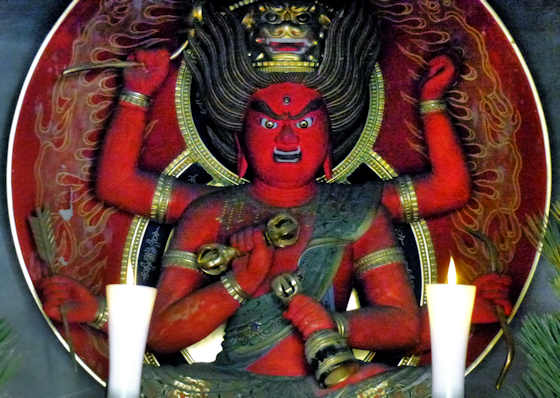Tuesday, May 2, 2023
Wakayama Prefectural Museum
Monday, May 1, 2023
To Kawahira
Sunday, April 30, 2023
Matsue Buke Yashiki & Gardens
Thursday, April 27, 2023
Odeonza Theater Wakimachi
Located in the small rural town of Wakimachi in rural Tokushima, the Wakimachi Gekijo is a fine example of an early 20th Century Japanese theater.
Due in large part to the bombing of most of Japan's major cities during WWII, and also partly to the late 20th Century Japanese tendency to demolish “old” buildings and replace them with newer, modern structures, very few examples of historic theaters still exist, and those that do are to be found in similar rural environments, like the Kaho Gekijo in Iizuka, Kyushu, or the Eirakukan Theatre in Izushi, Hyogo.
The Wakimachi Gekijo was built in 1934 with a capacity of 750, primarily for kabuki, and other popular entertainments like rokyoku, a form of storytelling with shamisen accompaniment.
In the postwar period it was converted into a cinema, though occasionally other types of entertainment would be performed. With the massive rural population drain to the big cities the theater, like so many others in similar situations, became uneconomical to operate and closed its doors in 1995.
It was scheduled for demolition, but before that happened it was used as the setting and location for a movie about a run-down rural cinema. Directed by Yoji Yamada, the man responsible for the very successful “Tora-san” movie series, and starring Toshiyuki Nishida, the 1996 release of The Man Who Caught The Rainbow (虹をつかむ男 ) sparked an interest in the cinema and led to it being renovated and reopened where it is now often known as Odeon-za, it's name in the movie. Occasional performances do take place, but it is primarily a tourist attraction now.
Open from 9 to 5 and closed on Tuesdays, entry is 200 yen, 100 yen for children. There is also a special reduced price ticket that includes entry to the nearby Yoshida Residence.
140-1 Nishibun, Mima-shi, Tokushima 779-3602
Tel 0883 52 3807
Wednesday, April 26, 2023
Takuan Temple Izushi
Tuesday, April 25, 2023
Yuminato Harbour
Yuminato is a small harbor and fishing village at the mouth of the Yusato River.

































































